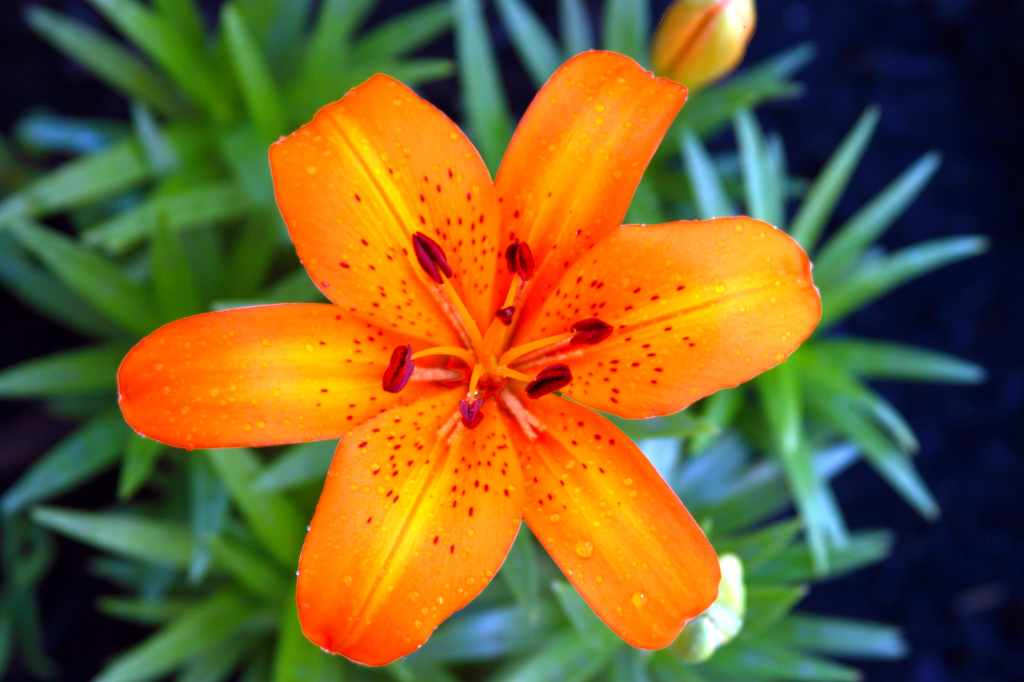
Winter means colder weather and a break from weeding and caring for your garden. After a summer spent encouraging. prodding and cajoling vegetables and flowers to grow, putting the garden to rest for the winter can be a nice break.
But experienced gardeners know that there is nothing better than starting the spring months with early blooming flowers that were planted the fall before. If you’re looking for an easy way to add a little color to your spring, here are some ideas for planting perennials in the fall so you can start your spring with some color in your garden.
Early perennial bloomers
There are long lists of perennials that are easy to plant in the fall that will reward you with early blooms in the spring. Some of our favorites are violets, lily-of-the-valley, sweet kate, wisteria and trumpet honeysuckle.
Planting Perennials in the Fall
Planting fall perennials isn’t hard, but there are a couple steps you can take to make sure your first season will be a success.
- Start by preparing your soil with a fair amount of compost or organic matter. Most perennials have roots that grow deep and fast, and soil should be dug and loosened at least a shovel’s depth.
- Because your plants will soon have to face the cold, it’s better to get large potted plants that are mature enough to flower. Smaller plants are cheaper, but they may not give you the satisfaction of blooming quickly.
- Lastly, it is very important to water the plant before transplanting it from the pot and to gently loosen the roots before putting them in the soil so they can spread out and get better established quickly.
- Once your perennial is in the ground, cover the planting areas with a natural mulch of bark or straw to keep the soil moist and protect the plant from freezing.
When spring comes, you’ll be able to fill out your garden with quick growing annuals and have a beautiful garden that is bright and colorful during the first days of spring.

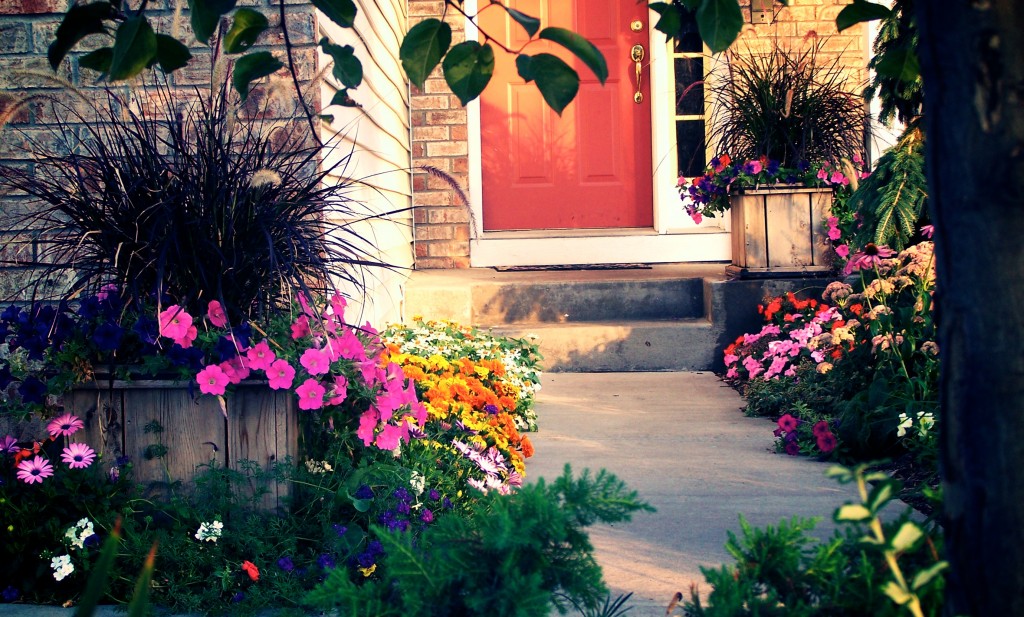
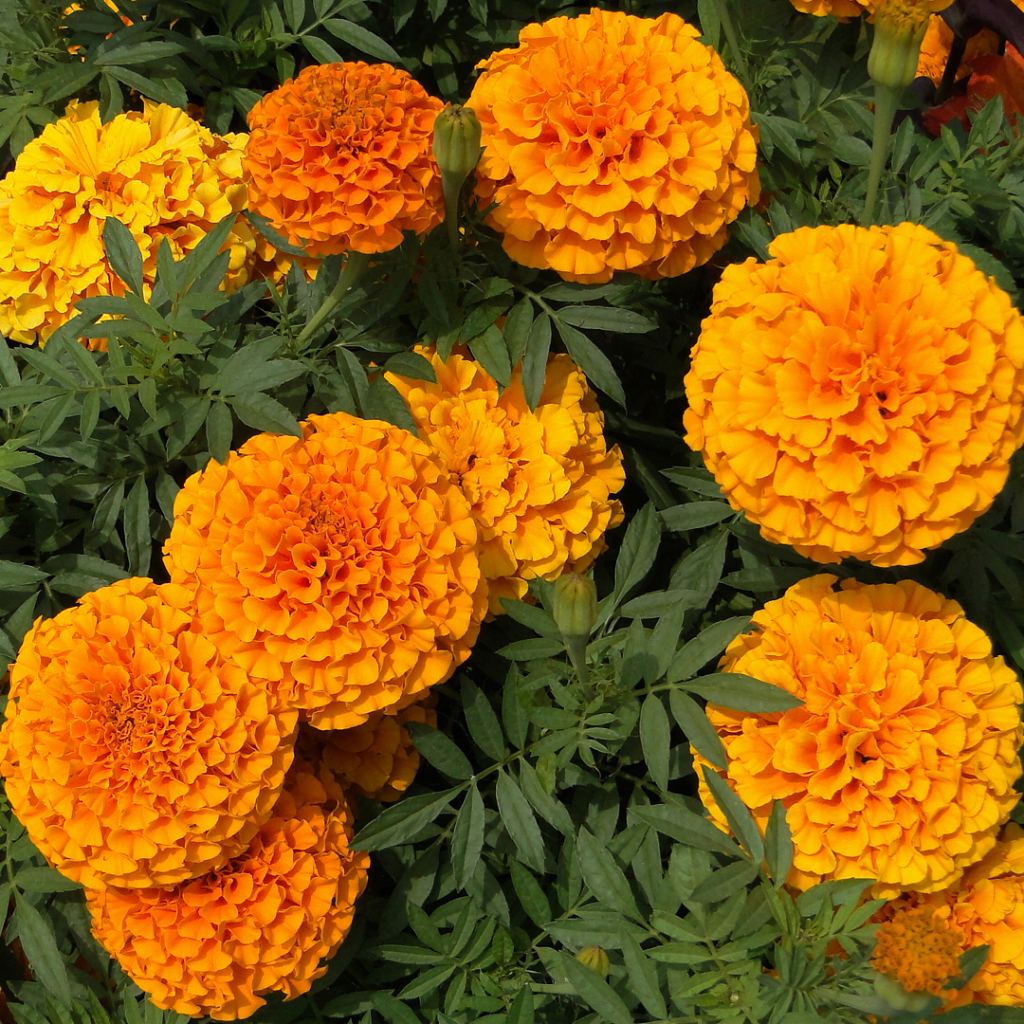
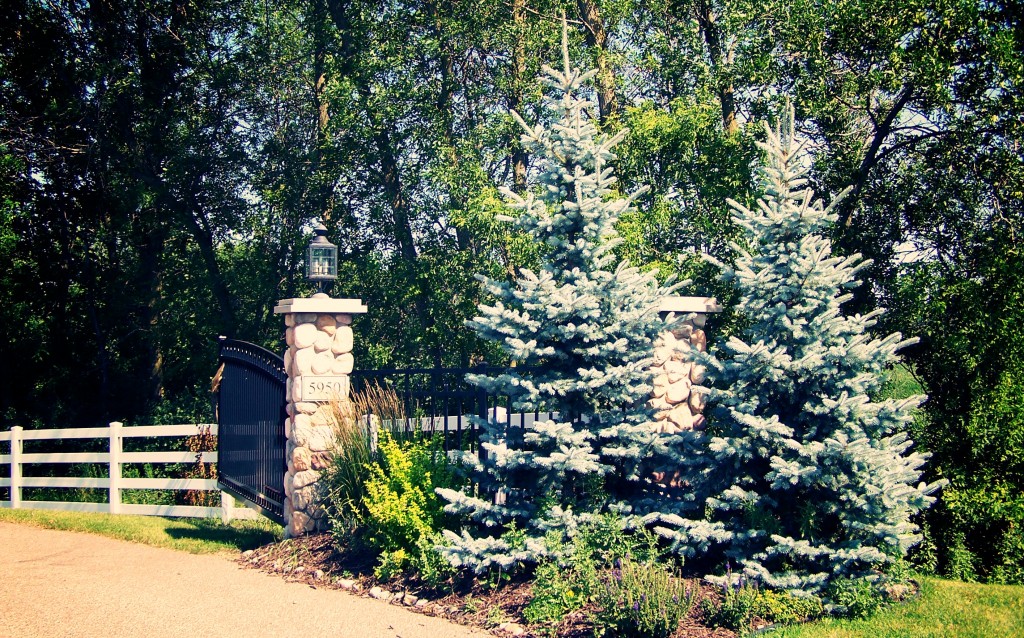
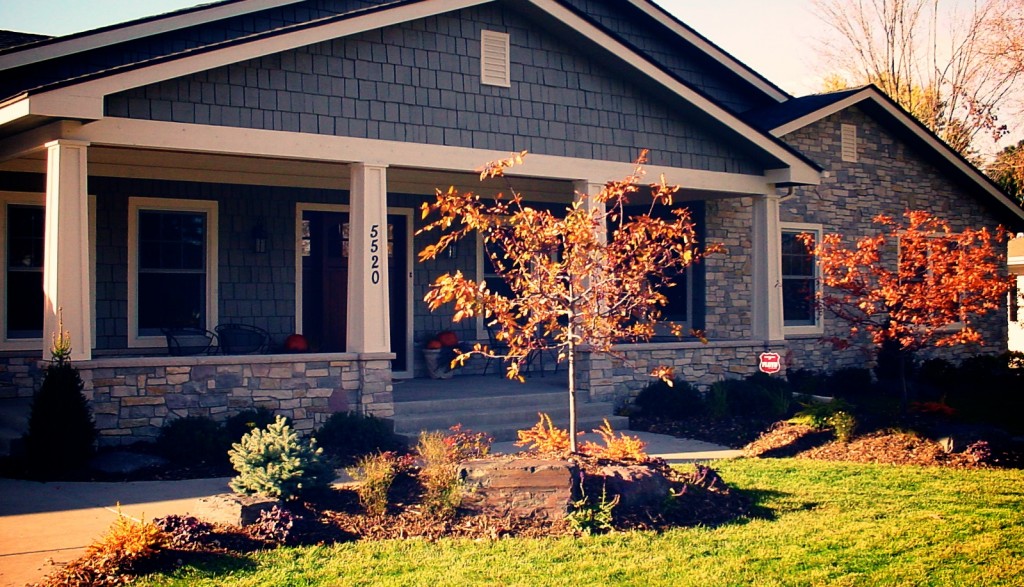
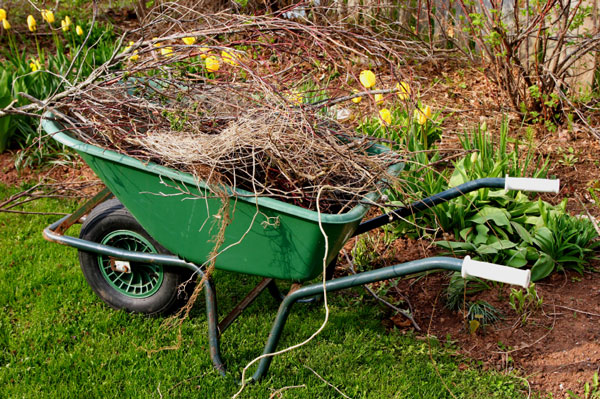
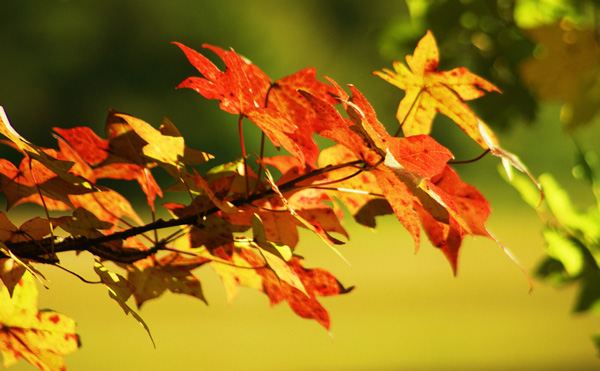
 Contact 612-483-GOAT
Contact 612-483-GOAT